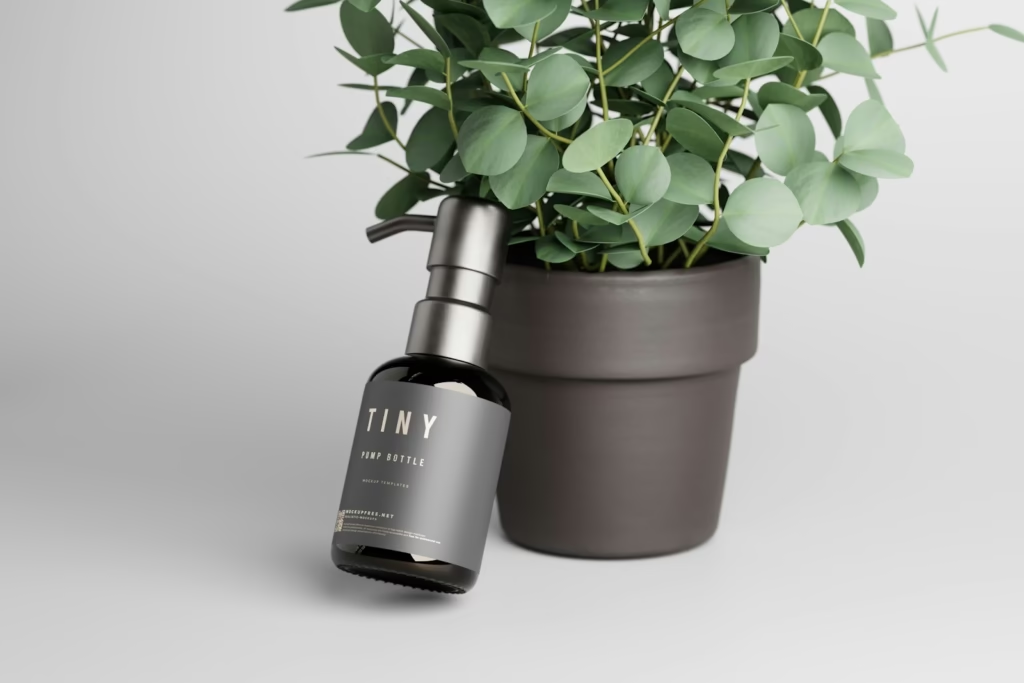Introduction to Indoor Gardening
Indoor gardening offers a myriad of benefits, not only enhancing the aesthetic appeal of living and working spaces but also significantly improving overall wellbeing. As urban environments become increasingly dominated by concrete structures, the incorporation of indoor plants has emerged as an effective remedy to counteract the sterile atmosphere often found within homes and offices. These plants serve as natural air purifiers, absorbing toxins and releasing oxygen, thereby fostering a healthier environment while elevating mood and productivity.
For those new to gardening or with limited time, easy-care indoor plants present an ideal solution. These resilient species are well-suited to thrive in diverse conditions, requiring minimal maintenance, which is perfect for busy individuals or beginners lacking extensive gardening experience. These plants not only tolerate varying light levels and humidity but also generally require less frequent watering, making them accessible to anyone eager to cultivate a bit of greenery in their space.
Additionally, the emotional benefits of indoor gardening are pronounced. Establishing a connection with nature through plant care can alleviate stress, promote mindfulness, and enhance mental health. The simple act of nurturing a living organism can foster feelings of accomplishment and joy. Furthermore, greenery in interior spaces can create a calming atmosphere, encouraging relaxation and creativity. The visual presence of plants can transform any room into a more inviting and lively area, encouraging individuals to engage with their environments more positively.
Incorporating easy-care indoor plants into one’s home or office not only beautifies the space but also brings the countless health benefits associated with indoor gardening. The next sections will delve into specific plant varieties that cater to such beginners, offering time-efficient yet rewarding gardening experiences.
Top 10 Easy-to-Care Indoor Plants
For those venturing into the world of indoor gardening, choosing the right plants can significantly simplify the experience. Here is a curated list of ten resilient and easy-to-care indoor plants suitable for beginners.
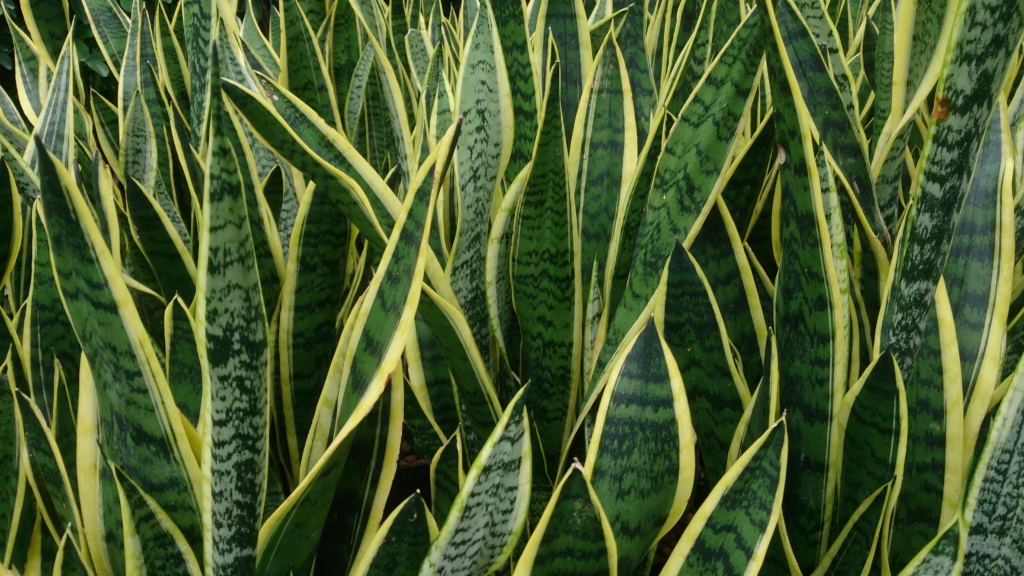
1. Snake Plant (Sansevieria)
Known for its striking sword-like leaves, the snake plant can thrive in various lighting conditions. It requires minimal watering, making it perfect for those with a busy lifestyle.

2. Pothos (Epipremnum aureum):
This vine is celebrated for its heart-shaped leaves and versatility. Pothos can grow in low light and tolerates neglect, and its trailing growth habit makes it ideal for hanging baskets or shelves.
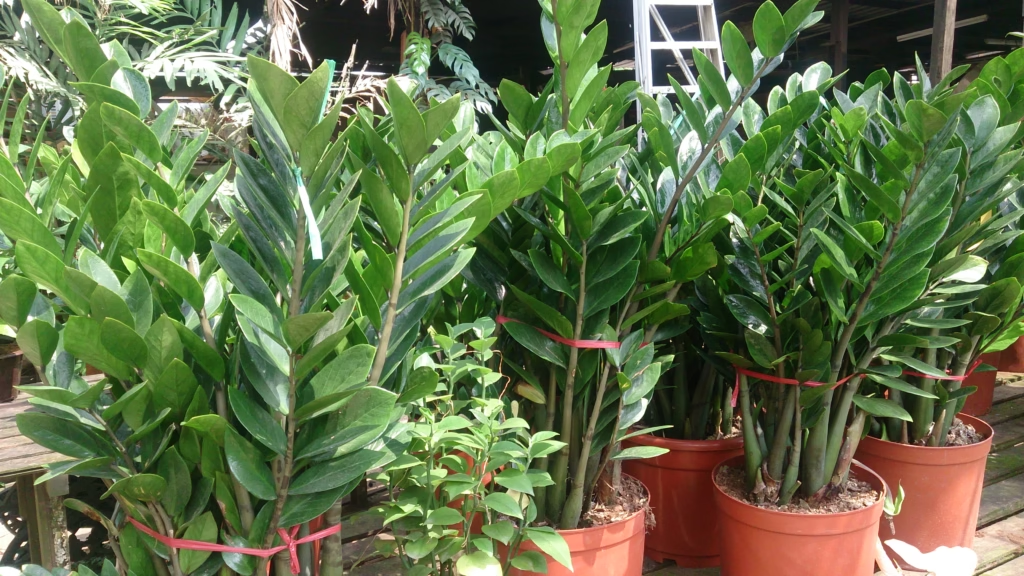
3. ZZ Plant (Zamioculcas zamiifolia):
The ZZ Plant is a practical choice for beginners due to its drought resistance. Its glossy leaves and unique appearance add a touch of elegance, and it can flourish in low to bright indirect light.
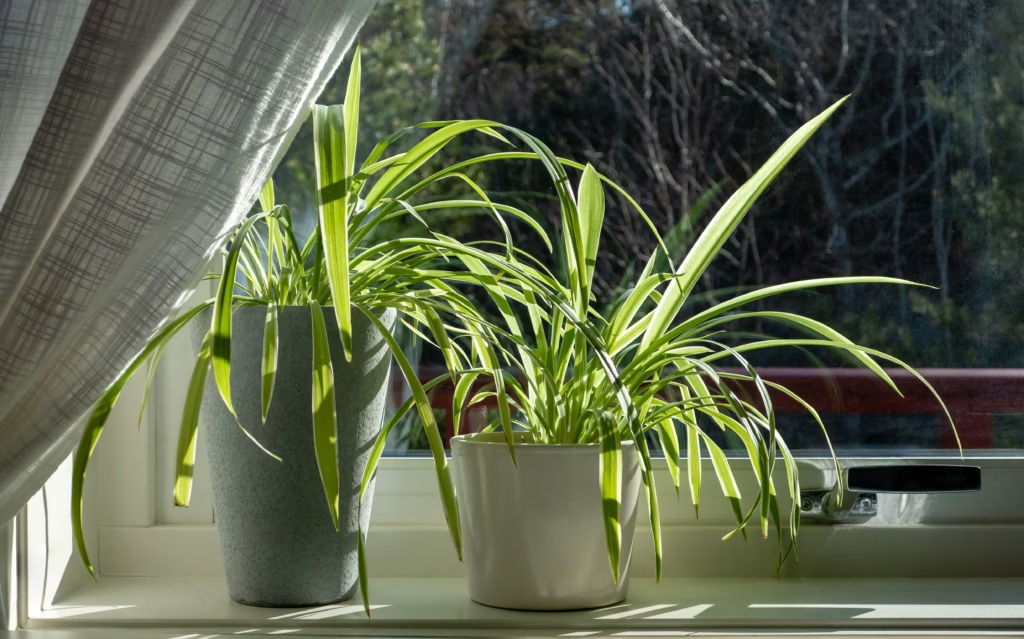
4. Spider Plant (Chlorophytum comosum):
Featuring arching leaves and baby plantlets, the Spider Plant is known for its air-purifying abilities. It’s resilient and can adapt to various environments, only needing moderate watering.

5. Peace Lily (Spathiphyllum):
This plant is appreciated for its lovely white blooms and forgiving nature. Peace Lilies thrive in shade and will alert owners when they need watering, as their leaves droop slightly.

6. Rubber Plant (Ficus elastica):
The Rubber Plant is attractive due to its large, glossy leaves. It prefers bright, indirect light and only requires watering when the top soil dries out, making it easy to maintain.

7. Cast Iron Plant (Aspidistra elatior):
As its name suggests, the Cast Iron Plant is incredibly hardy and can withstand neglect. It tolerates low light and irregular watering, perfect for those still getting accustomed to plant care.

8. Dracaena (Dracaena spp. ) :
Dracaenas are diverse in appearance and very forgiving in terms of care. They prefer indirect light and minimal watering, flourishing with little attention.

9. Philodendron (Philodendron spp.):
With its shapely leaves and easy-going nature, the philodendron is perfect for beginners. This plant can grow in various light conditions and needs little watering, making it a very adaptable choice.
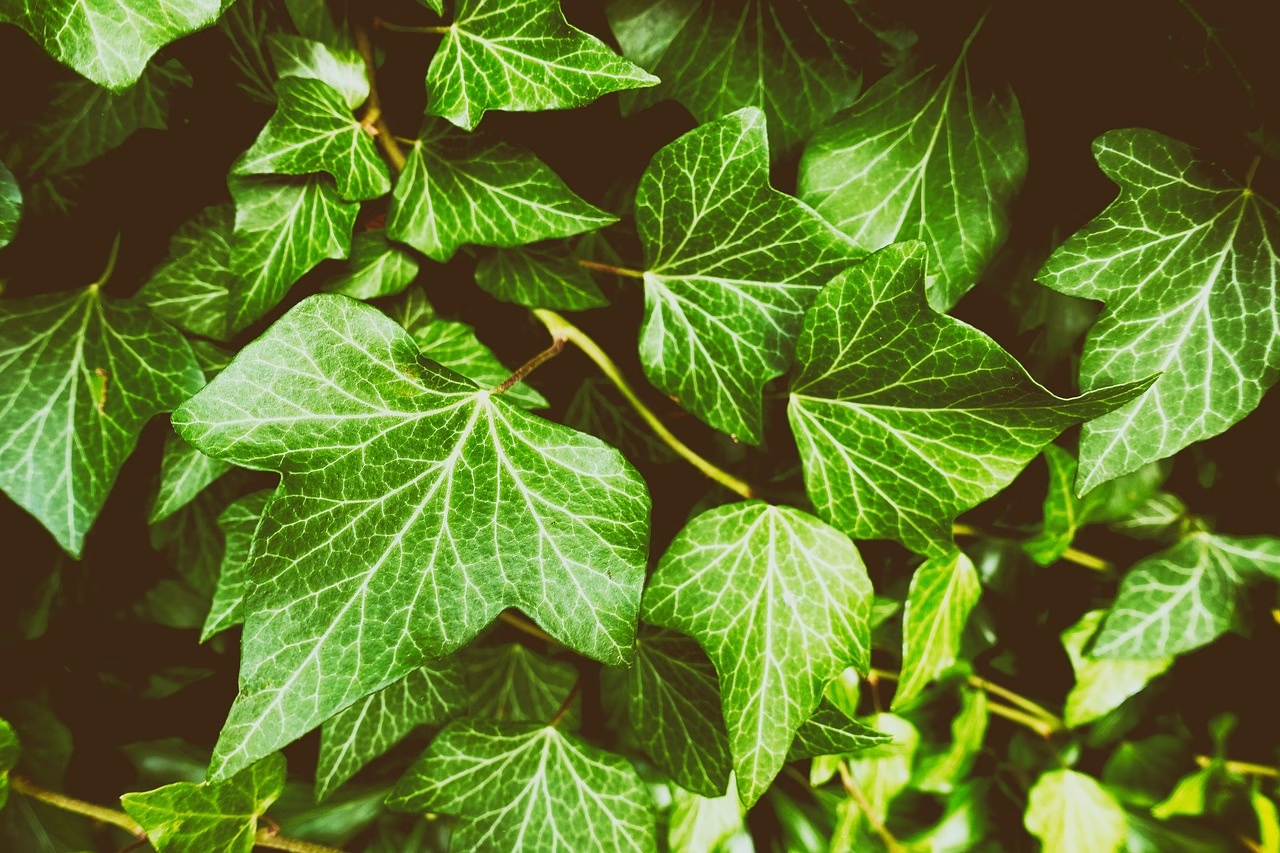
10. English Ivy (Hedera helix):
This classic climbing plant offers vibrant green foliage and is great for trailing or climbing setups. English Ivy prefers bright conditions but can adapt and will require moderate soil moisture.
These ten indoor plants are not only visually pleasing but also require minimal care, making them an excellent choice for individuals new to indoor gardening.
Care Tips for Maintaining Indoor Plants
Proper care for indoor plants is essential for ensuring their health and vitality. Understanding the unique needs of each plant type is important, yet there are general care tips that can effectively enhance the growth of all varieties, especially those suitable for beginners. Firstly, optimal sunlight conditions are crucial. Most indoor plants thrive in bright, indirect light, although some may tolerate lower light levels. It’s advisable to observe the light patterns in your home to identify the best spots for your plants, ensuring they receive adequate natural light without the risk of sunburn.
Secondly, establishing a consistent watering schedule can greatly impact your plant’s overall wellbeing. Overwatering is a common mistake that can lead to root rot, while underwatering can cause the plants to wilt. A useful rule of thumb is to check the top inch of the soil—if it’s dry, it’s time to water. However, always adjust the frequency based on the seasons, as plants typically require less water during the dormant winter months. Utilizing pots with drainage holes can help prevent excess moisture retention, allowing excess water to escape.
Moreover, choosing the right potting mix is vital for creating an ideal environment for your indoor plants. A good-quality potting soil that is well-aerated and drains well is fundamental to maintaining healthy roots. Regularly repotting your plants every couple of years or when you notice signs of crowding will provide fresh nutrients while allowing for growth. Additionally, be vigilant about common pests such as spider mites, aphids, and mealybugs. Regular inspections and prompt treatment can safeguard your indoor garden from infestations, ensuring that your plants thrive.
Finally, integrating plant care into your daily routine can simplify maintenance. Setting reminders for watering or incorporating plant care into your weekly schedule can minimize the risk of neglect. By following these general care tips, you can confidently cultivate a flourishing indoor garden while maintaining a busy lifestyle.
Creating the Perfect Indoor Plant Space
Designing an aesthetically pleasing indoor plant arrangement requires careful planning and consideration of various factors, including the types of plants, their placement, and the overall decor style of the space. First, it is essential to choose plants that complement each other in terms of size, color, and texture. Pairing larger plants, such as the Monstera or Fiddle Leaf Fig, with smaller varieties like Pothos or Spider Plants can create a balanced visual effect.
Utilizing shelves is an effective way to maximize space while showcasing your greenery. Open shelves not only provide an opportunity to display several plants at different heights but also allow for creative layering, which adds depth to your indoor plant arrangement. Consider using brackets or ladder-style shelves for an attractive, tiered look. Hanging planters can further enhance your indoor environment, drawing the eye upward and adding dimension. This is particularly useful in rooms with limited floor space.
Window sills serve as excellent homes for sun-loving plants, providing natural light essential for growth. Grouping plants according to their light requirements ensures optimal health and vitality. When arranging your plants, take your home decor style into account. For instance, a minimalist aesthetic may benefit from a few select plants in sleek, modern pots, while a bohemian theme can embrace a more eclectic mix of vibrant colors and textured materials.
As your plant collection grows, consider rearranging them periodically. This not only gives your space a fresh look but also promotes airflow and healthy growth for the plants. Regular maintenance, such as watering, trimming, and checking for pests, is crucial to ensure that your indoor plant space remains thriving and visually appealing. By thoughtfully designing your indoor plant arrangement, you can create a harmonious blend of nature and decor that enhances any living or working space.

